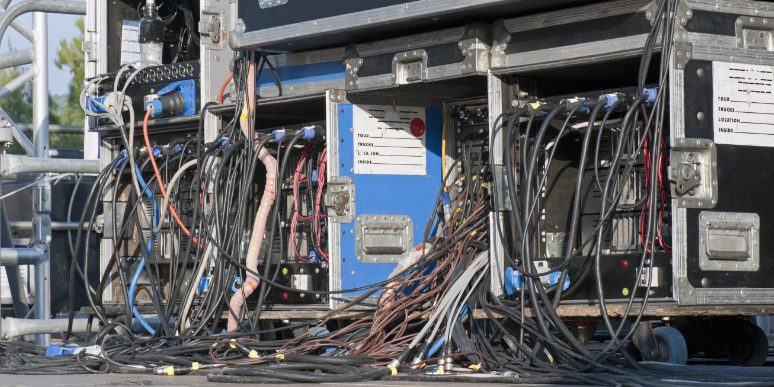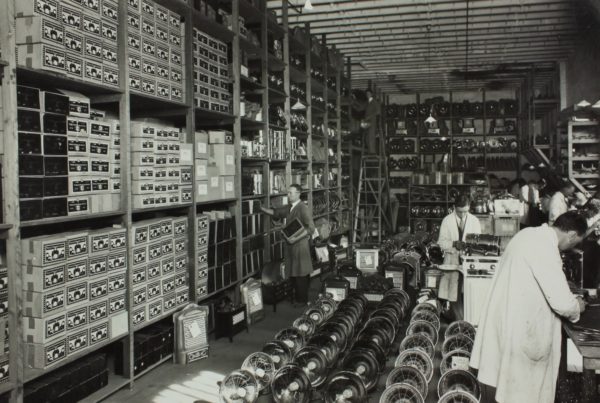We’ve been having a lot of conversations this week about managers needing better tools for collecting information about upcoming events. This process can include collecting things like reservation requests, event requirements, riders, drawings, shop orders, schedules, etc.
In software, there are many conventions for collecting information including custom forms, emails, and chat programs, each with pros and cons. As usual, our industry has some unique qualities that affect what will be most successful. I wanted to share some of our thoughts with you and see if you have any suggestions.
Why is collecting information so challenging?
1. We don’t all work for the same company.
As we’ve mentioned before, one of the biggest challenges to creating a cohesive workflow in our industry is that many of the people involved don’t work with us full time. We have no time and often no authority to dictate what applications we use to work together across a show team.
2. We have information coming from many places.
As a result, managers in arts and events must collect information across emails, texts, phone calls, in-app messages, internal project management tools, and face-to-face conversations. Each of these alone is perfectly valid and is probably the easiest way for the person sending the information. But taken together, it can be overwhelming and inefficient for the manager.
3. We work on many events simultaneously.
Here are a few examples of workflows that managers often find themselves in:
- Festivals and venues: gather information about the incoming shows or acts.
- Tours: collect tech specs for the next five venues.
- Theatre companies: schedule availability for the cast for the upcoming season.
- Event managers: chat with a client about requirements for upcoming events.
- Schools: receive requests for room reservations.
Notice that in all of the above examples, you may have one manager working on a number of different events or projects simultaneously. Also, most of the communication for the above examples happens via email – a form of communication that is convenient for the person sending the information to the manager, but maybe not so much for the manager.
When an email comes in, the first thing we have to do is simply figure out which show or event the email is referencing. It may seem like a small thing, but it requires a surprising amount of brain power. One would hope that the subject of an email, for example, would always cover this issues, but we all know that’s not always the case.
To summarize, any solution we come up with must:
- take into account the fact that collaborators don’t all work at the same company.
- reduce the number of communication channels.
- provide more context and clarity before reading the message.
We have some ideas about where we might start addressing this in Propared. More to come soon!
Do you have other major challenges in the process of collecting information? Do you have ideas about how we can make it better? We’d love to hear from you.




